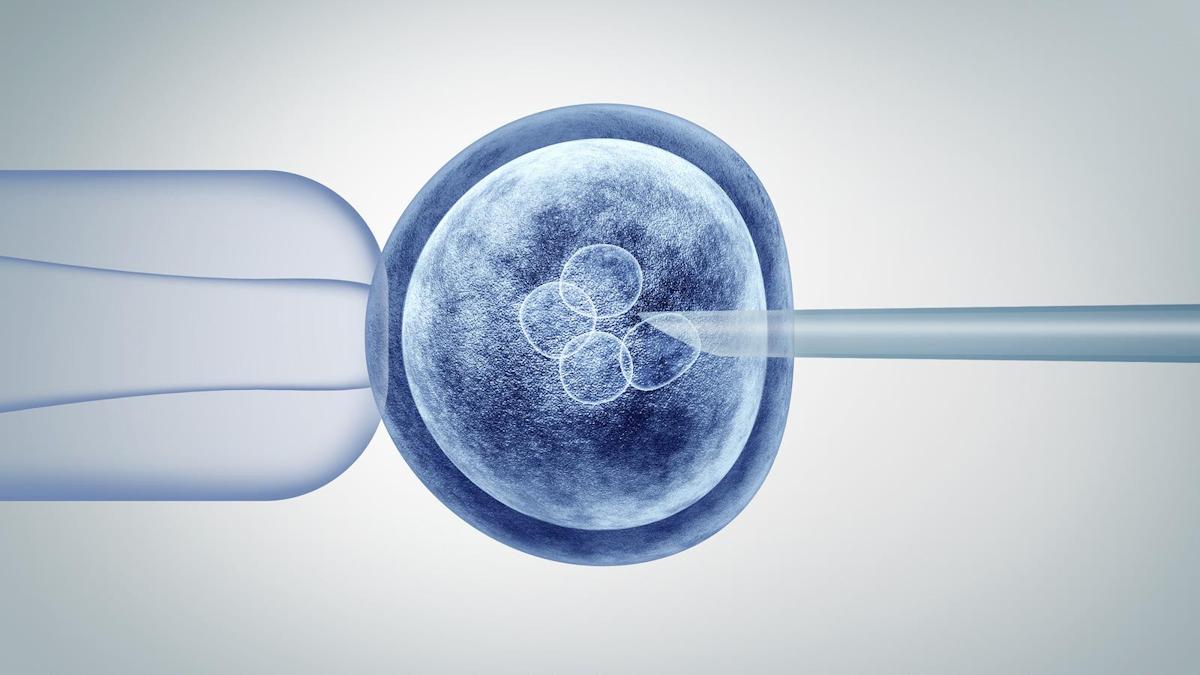BioMarin’s Voxzogo shows promise in hypochondroplasia

BioMarin’s Voxzogo has been shown to increase growth rates in children with hypochondroplasia, a genetic cause of very short stature, in a phase 2 trial.
Hypochondroplasia is a form of skeletal dysplasia caused by a defect in the FGFR3 gene that affects the conversion of cartilage into bone, resulting in shortened limbs and other complications, including spinal problems and leg bowing.
It is distinct from achondroplasia, another form of dwarfism for which Voxzogo (vosoritide) was cleared by the FDA in 2021, and has no approved therapies, although, human growth hormone is sometimes given as an off-label treatment.
The phase 2 trial, funded by BioMarin, but led by investigators at the Children’s National Hospital in Washington DC, US, provides the first evidence of Voxzogo’s potential in hypochondroplasia as it moves towards the treatment phase of a phase 3 trial that started recruiting patients towards the end of last year.
The single-arm study – which has been published in The Lancet’s eClinicalMedicine journal – found an average increased growth rate of 1.8 cm per year in 24 pre-pubertal children with hypochondroplasia who received daily subcutaneous injections with a 15 μg/kg dose of the drug.
The main endpoints were the change from baseline in annualised growth velocity and standing height standardised deviation score (SDS) after 12 months, as well as safety. The former increased from an average of around 5.1cm to 6.9cm per year, an improvement that was similar to that seen with Voxzogo in a phase 3 achondroplasia trial.
The standing height SDS increased by 0.37 standard deviation (SD), which is slightly greater than the 0.27 SD increase seen in the achondroplasia study.
The investigators said the safety profile was “reassuring” and “relatively benign”, with no treatment-related serious adverse events and no participants discontinuing therapy.
“This is the first medicine that has been developed to specifically target the pathway involved in hypochondroplasia,” commented Andrew Dauber, chief of endocrinology at Children’s National Hospital.
“These findings will help inform future studies of vosoritide for addressing growth disorders,” he added. The study also enrolled patients with other growth-related conditions – including Noonan syndrome, neurofibromatosis type 1, Costello syndrome, NPR2 mutations, and Aggrecan mutations – but data on these subgroups is not yet available.
The incidence of hypochondroplasia is not known, but it has been estimated to be about as common as achondroplasia, which is seen in around 1 in 15,000 to 40,000 births.
BioMarin has said that expanding the indications for Voxzogo, which contributed $470 million out of total 2023 sales of $2.4 billion, is currently its top priority. Along with hypochondroplasia, it is also planning trials in other genetic forms of dwarfism and idiopathic short stature.
The company has suggested that vosoritide’s mechanism of action, a CNP analogue that binds to natriuretic peptide receptor B (NPR-B), addresses a “master regulator” of bone growth and could have a role to play across a wide variety of indications.











